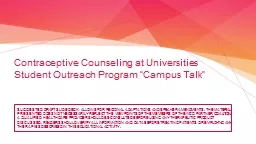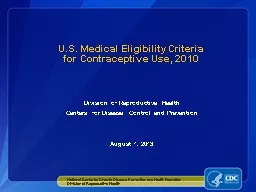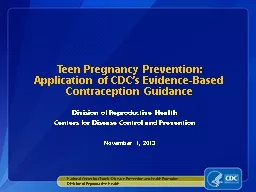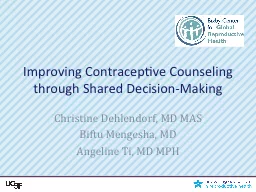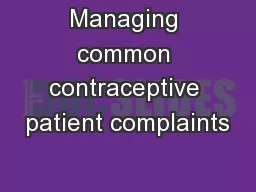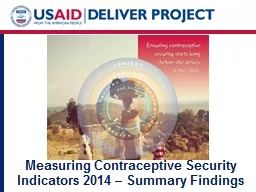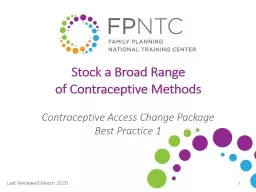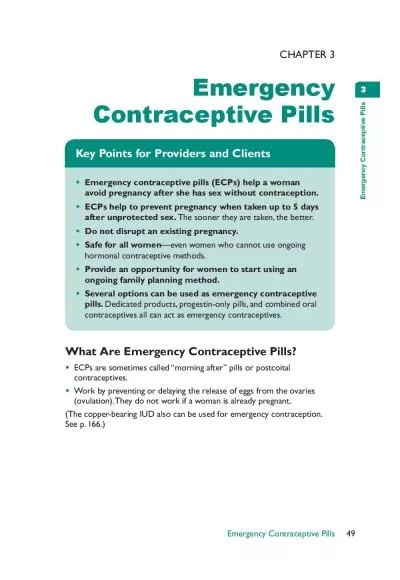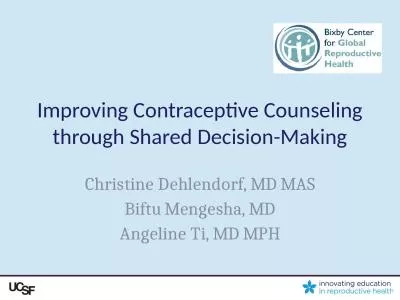PPT-Contraceptive Counseling at
Author : lois-ondreau | Published Date : 2020-04-05
Universities Student Outreach Program Campus Talk SUGGESTED DRAFT SLIDE DECK ALLOWS FOR REGIONAL ADAPTATIONS AND SPEAKER AMENDMENTS THE MATERIAL PRESENTED
Presentation Embed Code
Download Presentation
Download Presentation The PPT/PDF document " Contraceptive Counseling at " is the property of its rightful owner. Permission is granted to download and print the materials on this website for personal, non-commercial use only, and to display it on your personal computer provided you do not modify the materials and that you retain all copyright notices contained in the materials. By downloading content from our website, you accept the terms of this agreement.
Contraceptive Counseling at : Transcript
Download Rules Of Document
" Contraceptive Counseling at "The content belongs to its owner. You may download and print it for personal use, without modification, and keep all copyright notices. By downloading, you agree to these terms.
Related Documents

